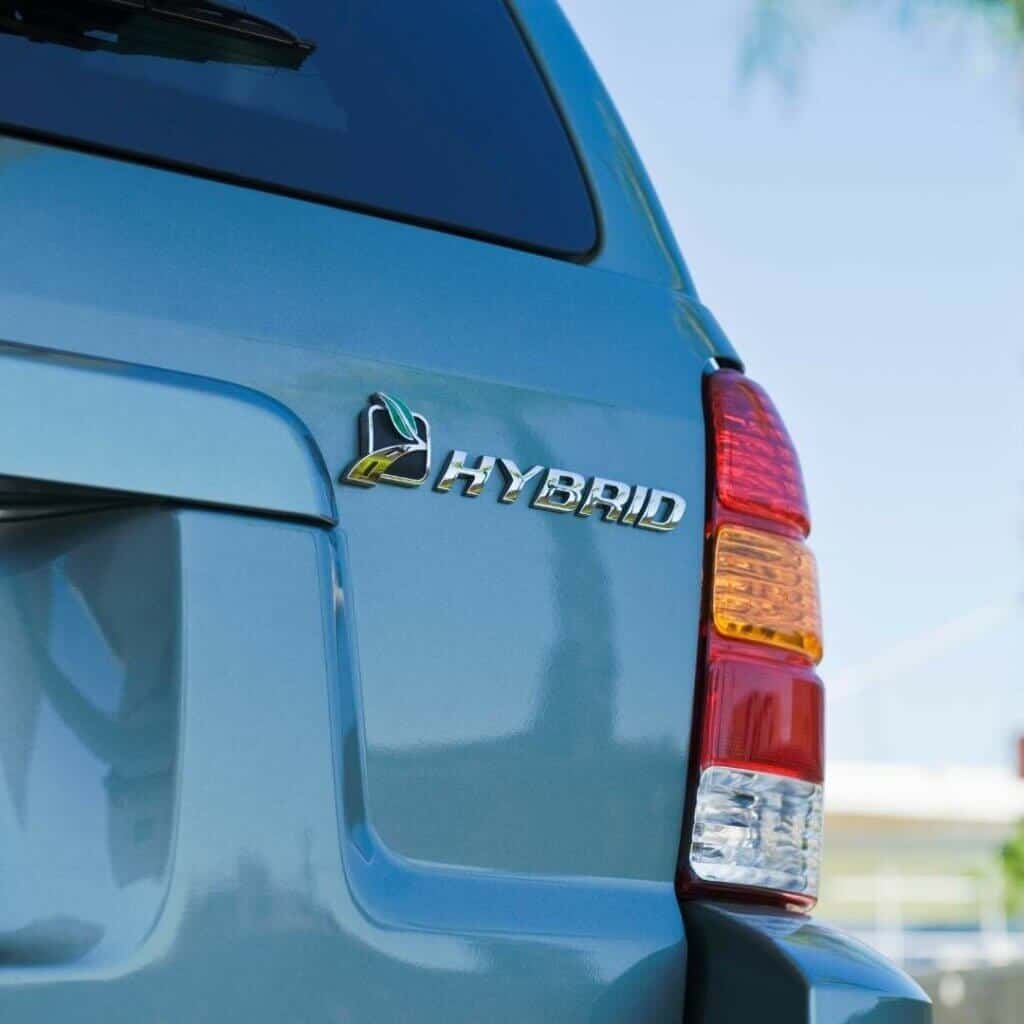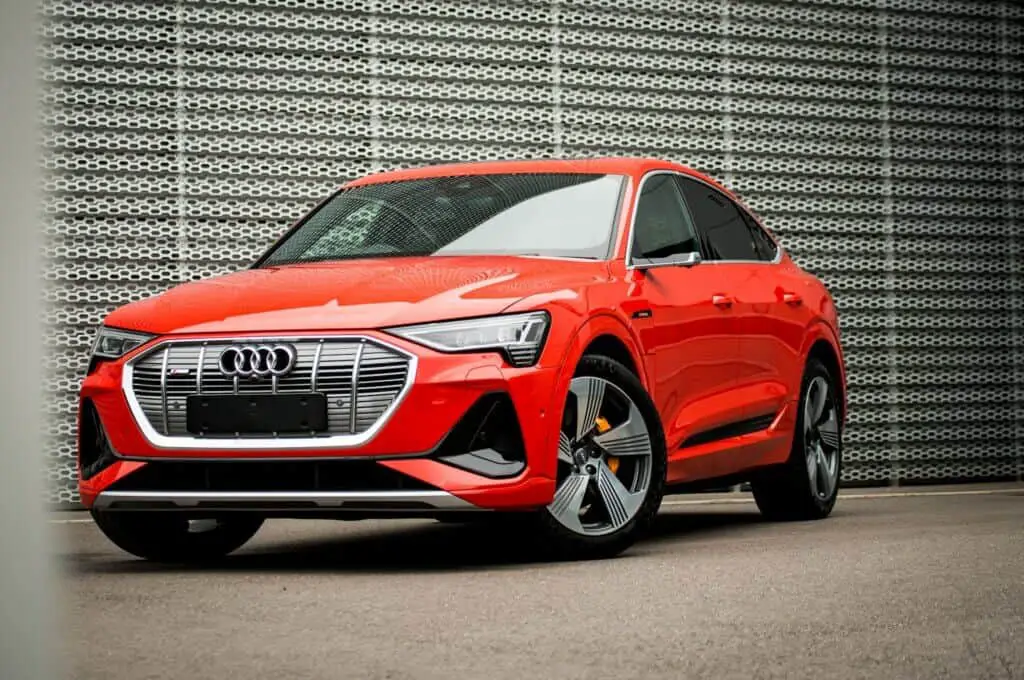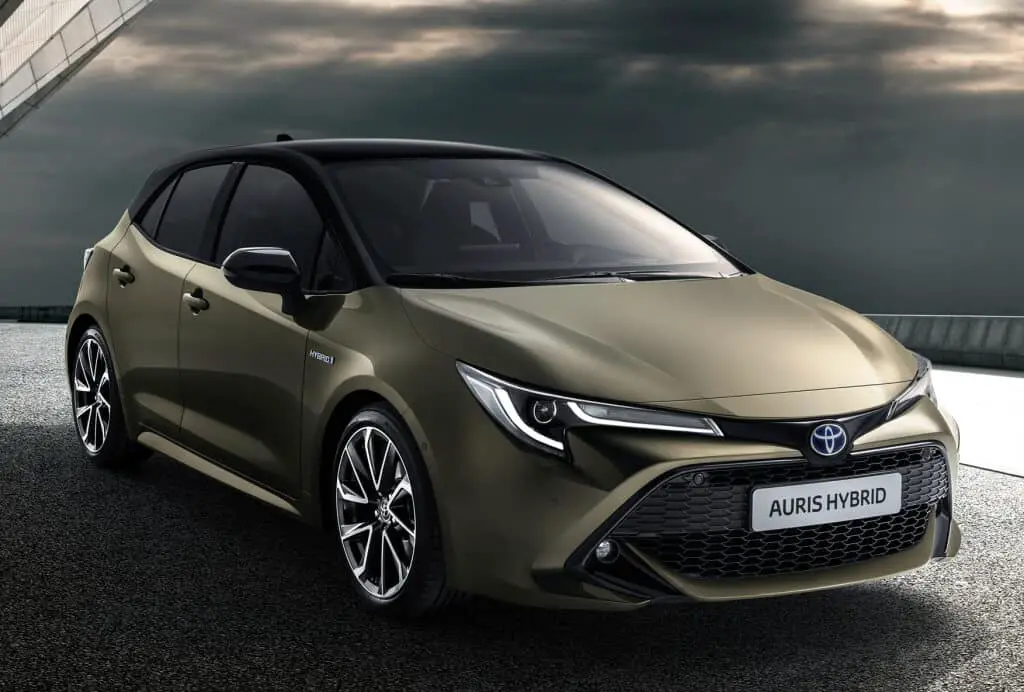Are you familiar with the Honda Jazz Hybrid problems?
Japan released the Honda Jazz’s first hybrid model (also known as the Honda Fit) in 2010. The hybrid model has gained popularity, and is the most recent Honda Jazz model.
Although the Honda Jazz has numerous outstanding features, it has yet to receive the widespread acclaim it may be due. The Honda Jazz is a full hybrid vehicle. However, unlike a mild hybrid, it produces dynamic electrified performance when you press the accelerator [1].
The Jazz is exceptional for its convenient interior and illustrious history of dependability. However, it hasn’t quite reached the sales heights of some of its more traditional compact car competitors. The Jazz is considered a small car that is big on features.
Honda’s hybrid system combines a 1.5-liter gasoline engine with two electric motors. The motors are driven by a small battery. The interior of the most recent Jazz has also been overhauled and loaded with safety measures.
Since the Jazz is a standard hybrid, you don’t have to charge it by plugging it in. But you also can’t travel very far on electric power alone [2].
While the Jazz is a strong seller for the Japanese manufacturer, it has always lagged behind class leaders like the Toyota Yaris and Vauxhall Corsa. The car has a reputation for dependability and clever packaging. However, it typically falls short of competitors in terms of ride, handling, and price.
There haven’t been many complaints about issues with prior Jazz hybrids. However, some of the problems with the Honda Jazz gasoline type can equally apply to owners of hybrid models.
Common Honda Jazz Hybrid Problems
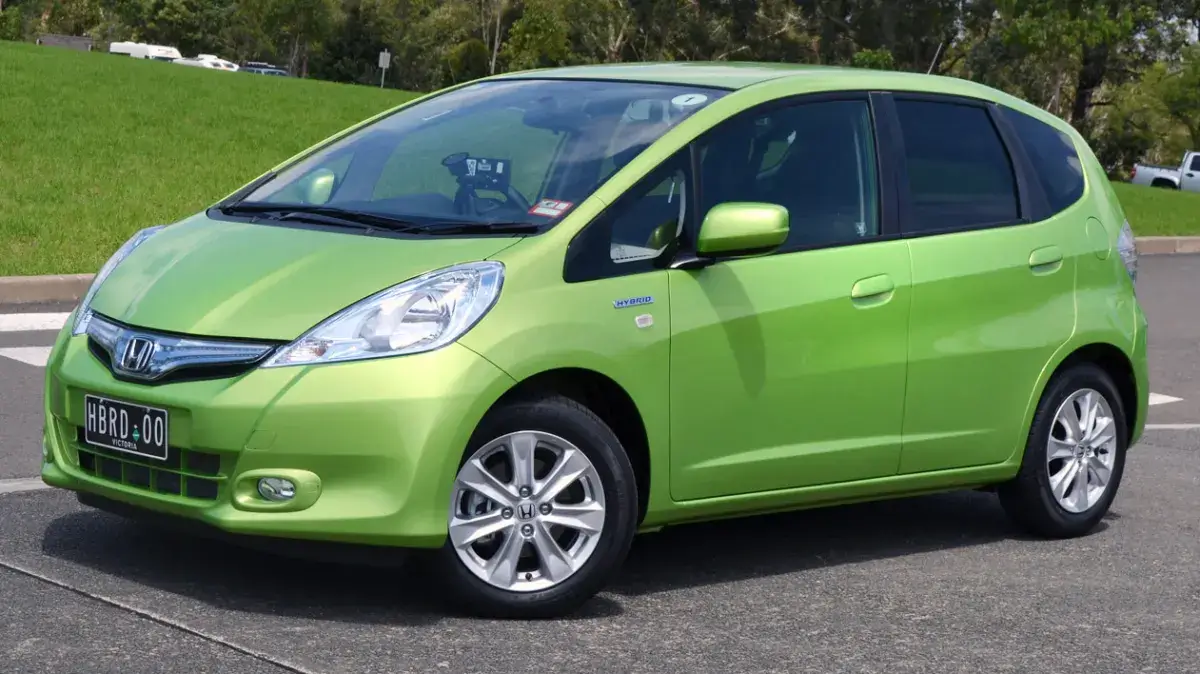
- CVT Transmissions Issues
There have been several concerns with the continuous variable transmission (CVT) associated with the Honda Jazz. First, these transmissions seamlessly shift through various gear ratios while driving.
Although CVT transmissions are designed to provide a smooth transition between gears, owners have frequently complained about experiencing a jerking or jumping movement during the initial acceleration.
Other commonly noted problems include; transmission fluid leaks, overheating or burning smell, vibration or shuddering, transmission gear shift hesitation, loud acceleration noise, and sudden loss of acceleration. [3]
Honda CVT transmission issues are both expensive and complex to fix. Therefore, it’s best to adhere to some maintenance advice while starting.
Regularly inspecting your parking space for transmission leaks might help you pinpoint the problems. Then, taking the car to a reputable service center will be the proper thing to do for the more difficult issues.
- Steering wheel problems
On consumer websites, Honda Jazz owners have posted several complaints about various aspects of the steering system [7].
For example, when driving straight, some owners claim that even little steering adjustments might cause the steering wheel to become stuck. This hampers the driver’s ability to make minor adjustments while operating the vehicle.
Some owners claim that the steering is not as crisp or sensitive as it should be. They assert that they must exert considerable force and spin on the steering wheel to get the Jazz to respond appropriately.
Unfortunately, the self-centering feature does not help to rectify the unresponsive steering wheel when the car is in reverse.
There have also been complaints from some owners that their steering wheels are too slippery. The Honda Jazz’s steering wheel is covered in polytetrafluoroethylene (PTFE), a substance that lessens wear and friction.
However, some owners report that this coating makes it challenging to hold the steering wheel with a strong grip. A cover can be put on the wheel to solve this issue.
- Brake pad issues
Brake pad problems have been documented in several Jazz models. These typically manifest as early wear and tear of the component, which might lengthen the braking distance and need the replacement of the brake pads. Therefore, you should test the brakes at high speed in any used vehicle you’re purchasing.
Similarly, the calipers have a recognized defect that prevents the brake from supporting even the smallest amount of weight. This is a somewhat pricey fix because the entire component must be replaced. [4]
- Tire grip problems
It would help if you didn’t get into the habit of driving this car too enthusiastically due to the levels of grip. The tires don’t offer a lot of traction during turning on fast corners.
Moreover, the tall and narrow shape of the car, combined with the light and indirect steering doesn’t assist in handling stability. However, their very small width helps ease driving and fuel economy. The Jazz is designed to drive easily rather than having a sense of immediate driving.
- Battery problems
The Honda Jazz hybrid is designed to be used regularly. When the car is driven less frequently, the battery is affected. The majority of Honda Jazz owners reside in cities.
Since travel in urban areas is frequently congested, many individuals like public transportation. Therefore, maintaining a hybrid car’s battery without using it regularly will eventually lead to battery issues before the vehicle even reaches the end of its warranty.
Due to the high fuel cost, many hybrid owners prefer to use the vehicle’s electrical system instead of its internal combustion engine. Unfortunately, that overworks the hybrid’s battery, causing it to deteriorate quickly.
Additionally, battery life is affected by temperature. Excessive heat will hasten battery deterioration, while extreme cold will reduce a battery’s range. These conditions are not friendly to the batteries used in powered cars.
Hybrid batteries may take longer to warm up in colder climates, which increases the energy required by the car’s ICE and decreases fuel efficiency.
- Expensive to insure
The Honda Jazz Hybrid costs way more than the conventional Honda Jazz [5]. Their low emissions technology contributes to this high initial costs.
In addition, Honda Jazz hybrid vehicles are more expensive to insure than gasoline-powered Jazz. For instance, the Honda Jazz is more costly to insure due to its higher initial cost. The car also has several unique components that ordinary vehicles do not.
Honda Jazz Hybrid Fuel Consumption
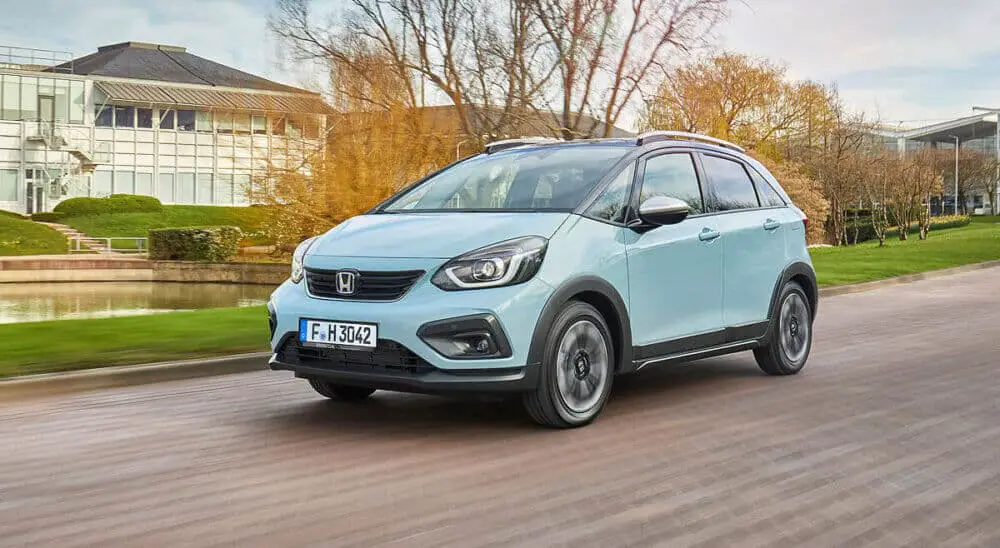
The Honda Jazz has a single hybrid engine option, so fuel economy and CO2 emissions are minimal. Additionally, the car has features that support its fuel efficiency.
These include a lithium-ion battery, eco assist system, 3-mode drive system, and an electric parking brake with automatic brake hold. The car also features active noise cancellation, hill start assists, immobilizer system, and remote engine start.
The Honda Jazz hybrid is the first supermini to use petrol-electric hybrid technology. The technology increases the car’s fuel economy to 62.8 mpg. Moreover, at 104 g/km CO2, it has the lowest emissions of any petrol-powered supermini, making it the most eco-friendly hybrid.
The gasoline engine contributes to fuel efficiency as well. For instance, during deceleration, when there is no load on the cylinders, combustion is stopped. This allows the IMA to boost energy recovery to charge the battery.
When only a small amount of torque is needed, this variable cylinder management is also employed to shut all four cylinders down. In this mode, the Jazz Hybrid only uses its electric motor while its pistons are at rest, consuming no fuel and emitting no CO2 [6].
The Eco Assist function helps the driver aim for the maximum economy from the vehicle in various situations. Similarly, the process continuously updates drivers on how the brake and accelerator affect fuel consumption and the environment.
As a result, all models can exceed 60 mpg in official tests and emit less than 105g/km. It also has a stop/start engine function.
Honda Jazz Life Expectancy
The life expectancy of a Honda Jazz depends upon its battery. The longer the battery stays, the longer the car lasts. The battery in a Honda hybrid is expected to last 6 to 10 years or up to 100,000 miles.
On city roads, Honda hybrid batteries have a marginally longer lifespan of roughly 10 years or even closer to 150,000 miles.
The longevity of the battery is affected by several factors. These include how frequently you drive, how long you drive continuously, the temperature and climate where you live.
It is also determined by whether you regularly charge the battery or let it run low on charge, as well as regular maintenance of your car. Regular vehicle maintenance is the most important component in extending the lifespan of Honda Jazz Hybrid batteries.
One of the problems with the Honda Jazz is how expensive it is to replace the battery once it fails.
Although the batteries do not require regular replacement (they are made to endure the vehicle’s lifetime) they are very expensive to replace once needed. Hybrid batteries cost between $1,000 and $3,000, on average, to replace.
While the replacements can be quite expensive, you’ll have a dependable 8-year or 100,000-mile warranty for your battery. So you can rest assured that this essential component of your vehicle is covered for years to come.
Read Also: Honda CR V Hybrid Problems
Conclusion
Honda Jazz is undoubtedly a good car to go by. However, hybrid car problems will always be there. Maintenance is key to having a long lifespan for your vehicle. If your Honda Jazz develops issues, take it to the car experts for a repair.
Read Next: Kia Ev6 Problems

